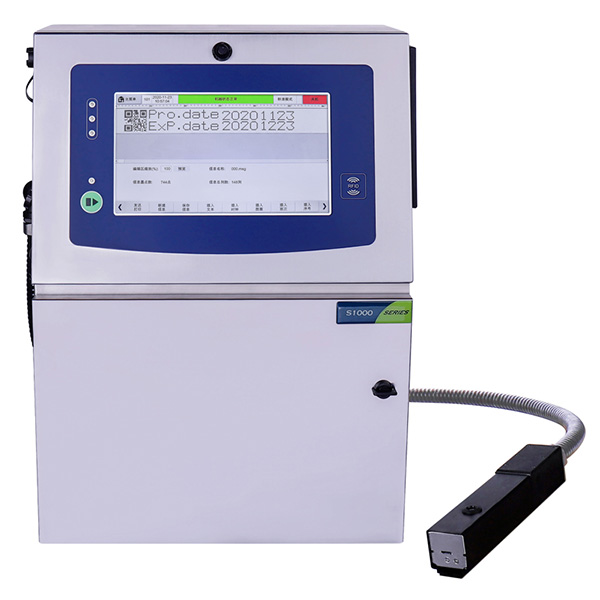Continuous inkjet printers (CIJ) are a type of industrial printer that are used for high-speed printing of text, graphics, and barcodes on a wide range of materials such as plastics, metals, and paper. CIJ printers are known for their high reliability, accuracy, and speed.

In this article, we will take a closer look at the technology behind continuous inkjet printers and their various applications.
How Continuous Inkjet Printers Work?
Continuous inkjet printers work by ejecting tiny droplets of ink from a printhead onto a substrate at high speed. The printhead consists of a series of nozzles that are controlled by a high-speed computer, which allows the ink droplets to be precisely directed onto the substrate.
To ensure that the ink droplets are precisely directed, the printhead is equipped with a device called a deflection plate. The deflection plate is a charged electrode that creates an electrical field that can be used to control the direction of the ink droplets. By changing the charge on the deflection plate, the printer can change the direction of the ink droplets and ensure that they are accurately placed on the substrate.
One of the advantages of continuous inkjet printers is that they can print at very high speeds. CIJ printers can print at speeds of up to several hundred meters per minute, which makes them ideal for use in high-volume production environments. Additionally, CIJ printers can print on a wide range of materials, including plastics, metals, and paper.
Applications of Continuous Inkjet Printers
Continuous inkjet printers are used in a variety of industries for a wide range of applications. In the food and beverage industry, CIJ printers are often used to print expiration dates, lot numbers, and barcodes on packaging. In the pharmaceutical industry, CIJ printers are used to print lot numbers, serial numbers, and other product information on pharmaceutical packaging.
CIJ printers are also commonly used in the electronics industry for printing barcodes and other information on electronic components. In the automotive industry, CIJ printers are used to print identification numbers, serial numbers, and other information on automotive components and parts.
One of the key advantages of continuous inkjet printers is that they can print high-quality graphics and images. This makes them ideal for use in the advertising and marketing industry, where high-quality printing is essential for creating eye-catching promotional materials.
评论
发表评论